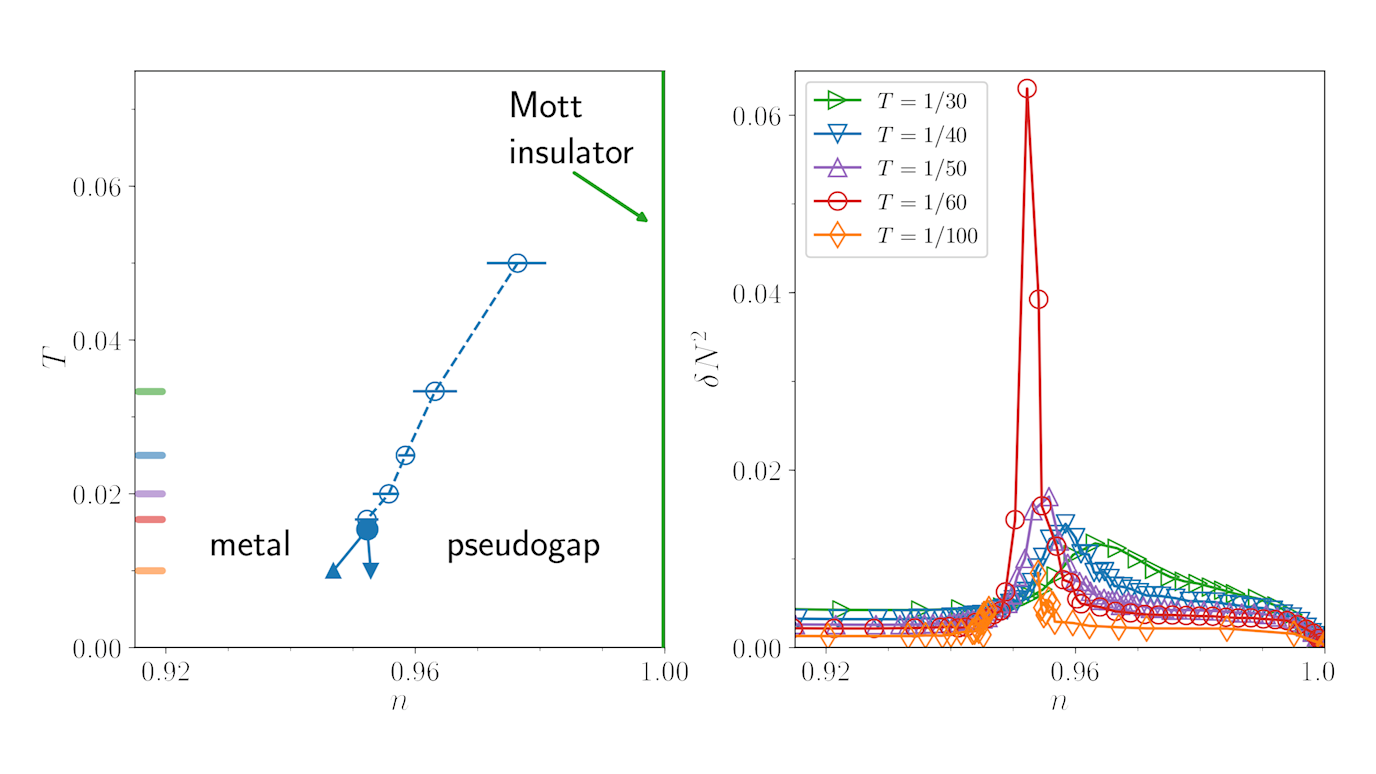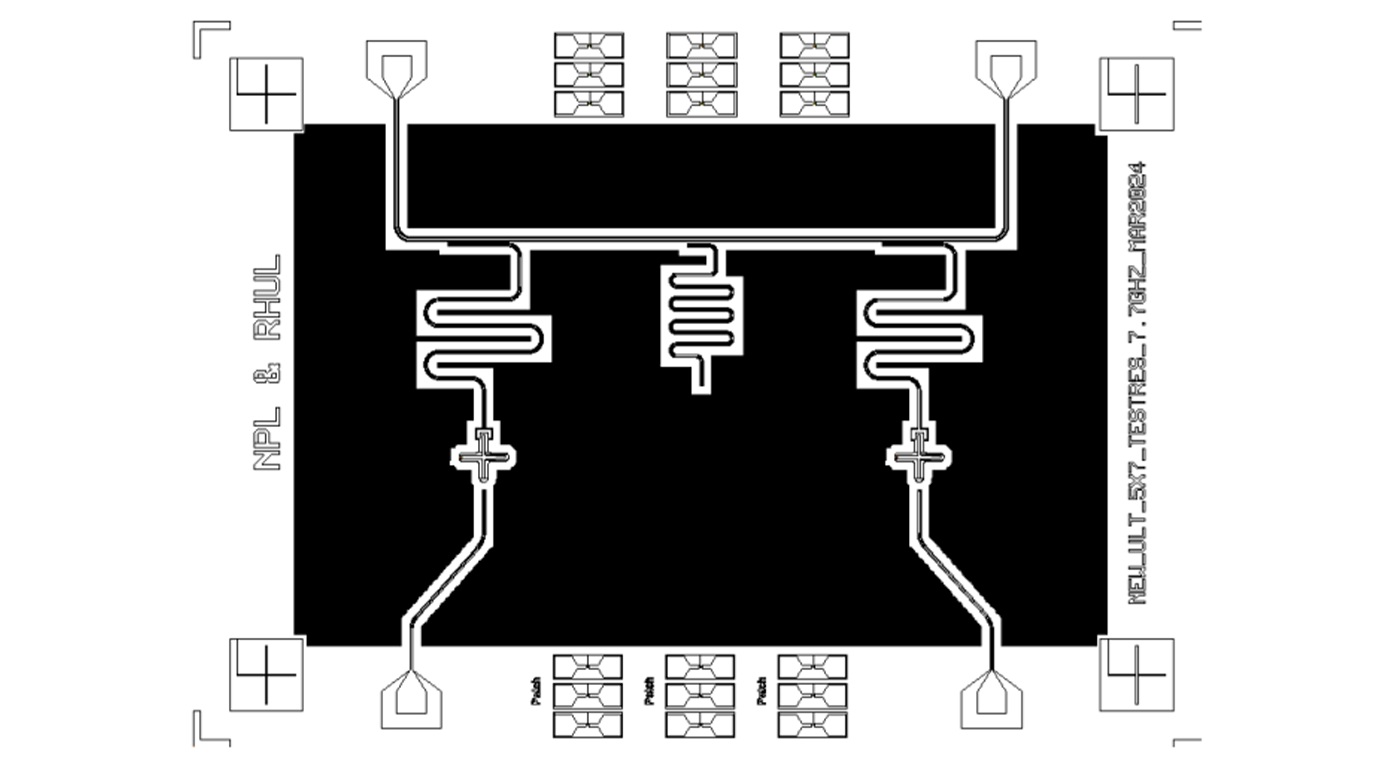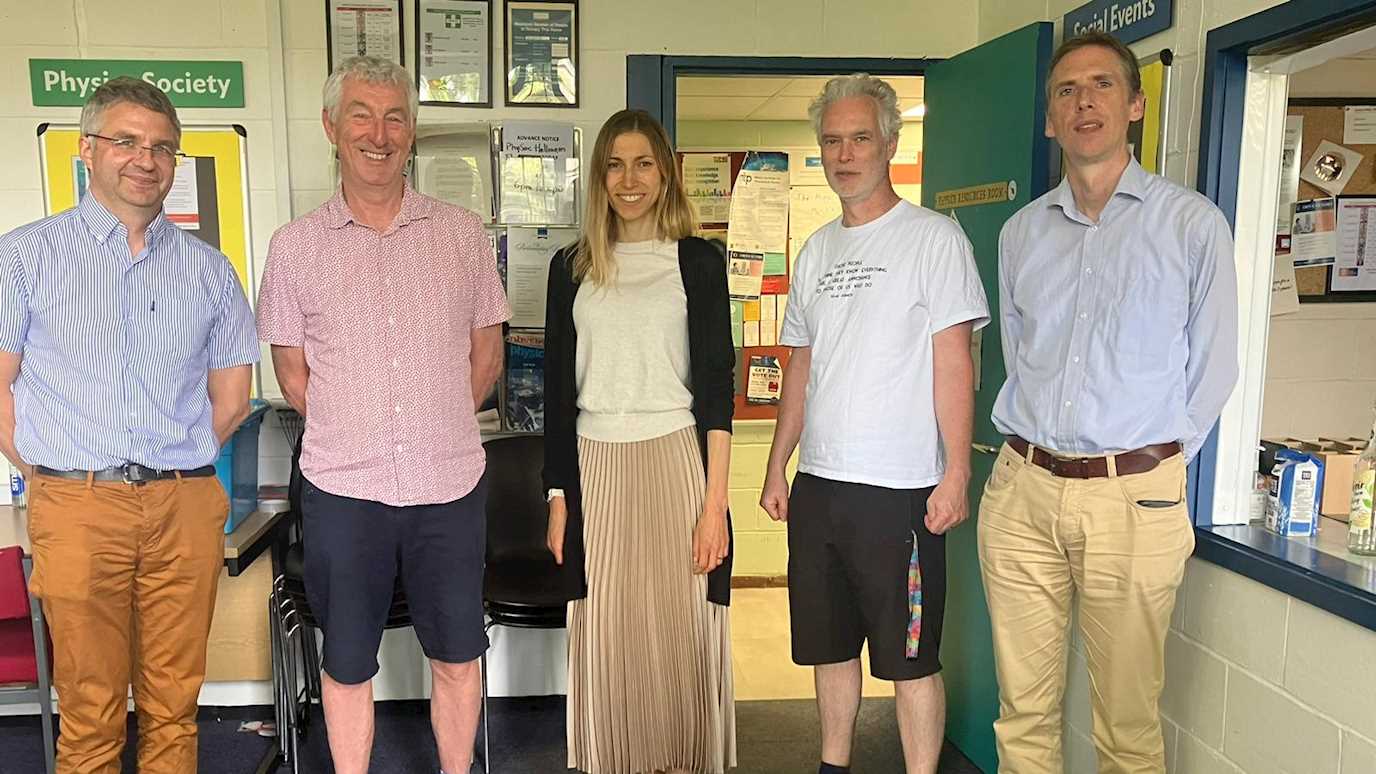At sufficiently high temperature, water starts to boil. The boiling temperature increases with pressure. At sufficiently high pressure, boiling water becomes essentially impossible to distinguish from vapor. There is just a milky-looking substance. This phenomenon is called critical opalescence. It is caused by fluctuations of density on all length scales. Monitoring density fluctuations thus provides a way to learn about phase transitions, here how water turns into vapor.

Can similar phenomena occur in quantum matter? How do the counterintuitive laws of quantum mechanics modify fluctuations of quantum objects? Now theoretical physicists at Royal Holloway, at University of Sherbrooke in Canada, and at Brookhaven National Laboratory in the US have found that critical opalescence -enhanced density fluctuations at all length scales-, occurs in quantum matter. The researchers have found critical opalescence in a model of interacting atoms on a lattice. They developed a theory of density fluctuations in a collection of atoms moving on a lattice near a phase transition where atoms become immobile due to their interactions. This phase transition, known as Mott transition after the Nobel laureate Sir Nevill Mott, is a key phenomenon in quantum materials such as high-temperature superconductors. The researchers published their findings in Physical Review B.
The research was led by Dr Giovanni Sordi, lecturer at Royal Holloway, and Professor André-Marie Tremblay at the University of Sherbrooke. Royal Holloway Master’s student Caitlin Walsh, the first author of the article, says: “The kind of atoms we study, fermions, are kept apart by the same Pauli principle that prevents two electrons from being at the same place at the same time. Interactions between atoms further increase this tendency. When there is one atom for every possible position on the lattice, large interactions prevent atoms from moving and density fluctuations are frozen. At smaller atomic concentration, we discovered an unexpected growth of density fluctuations pointing to the existence of a so-far undetected phase transition. This is where critical opalescence occurs.”
These findings provide a theoretical framework and new predictions for experiments with ultracold atoms trapped in optical lattices, an analog of crystals made of light. Furthermore, looking for critical opalescence across the doping-driven Mott transition in ultracold atoms may give insights on the origin of the elusive “pseudogap” phase in cuprate high-temperature superconductors.
Team members consist of Caitlin Walsh and Dr Giovanni Sordi at Royal Holloway, Dr Patrick Sémon at BNL, and Professor André-Marie Tremblay at University of Sherbrooke. The research is published in Physical Review B: https://journals.aps.org/prb/abstract/10.1103/PhysRevB.99.165151
























